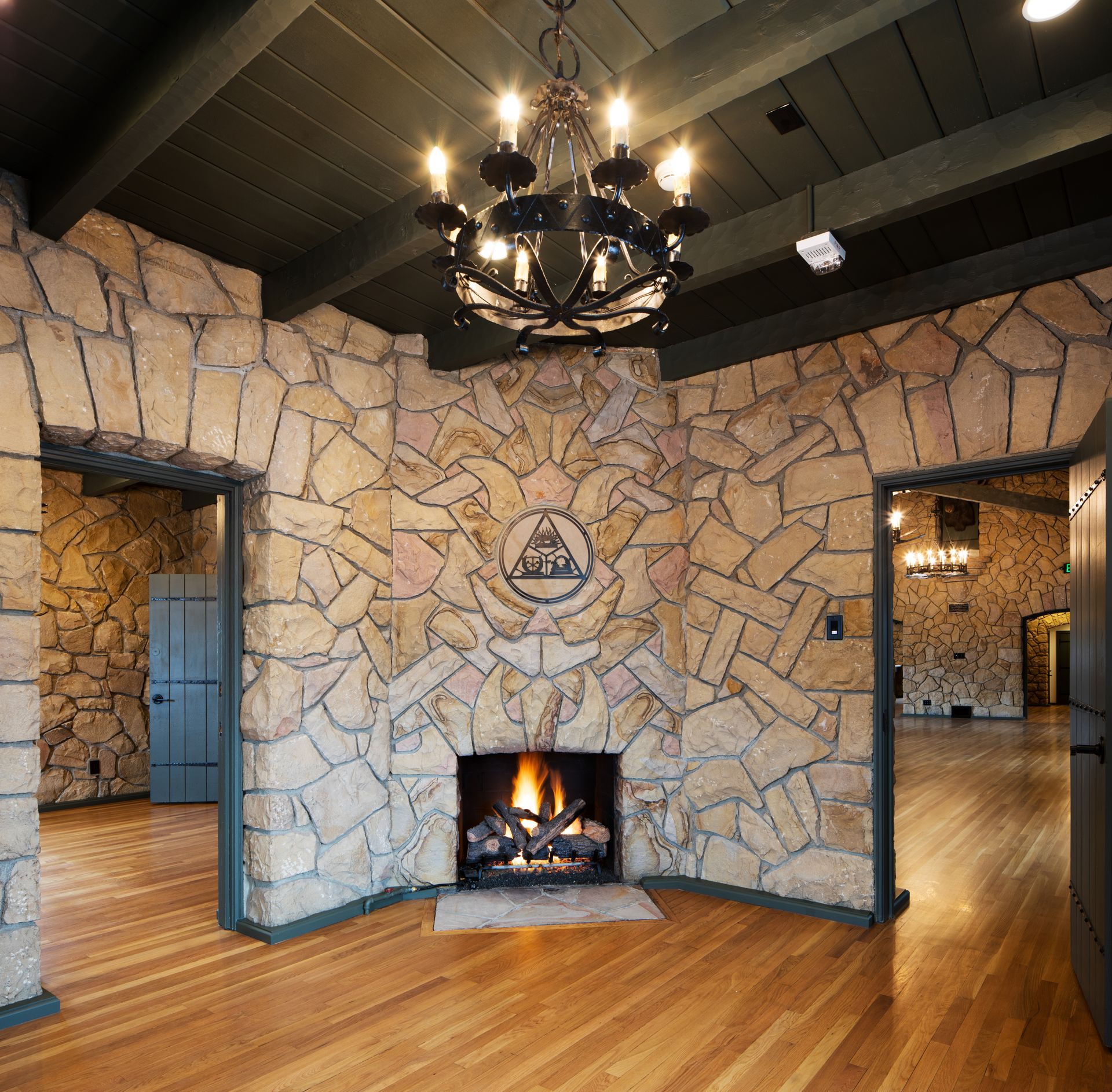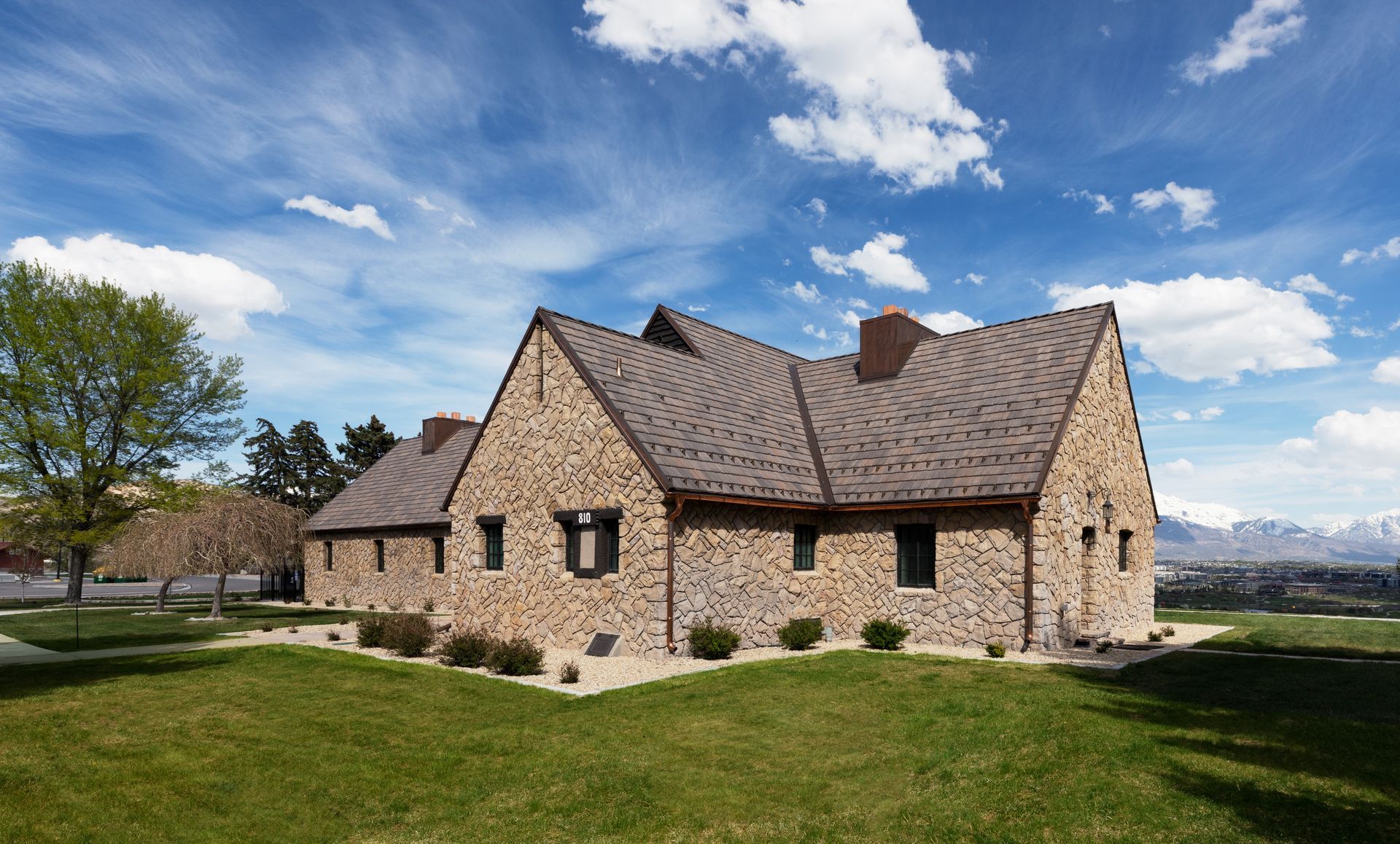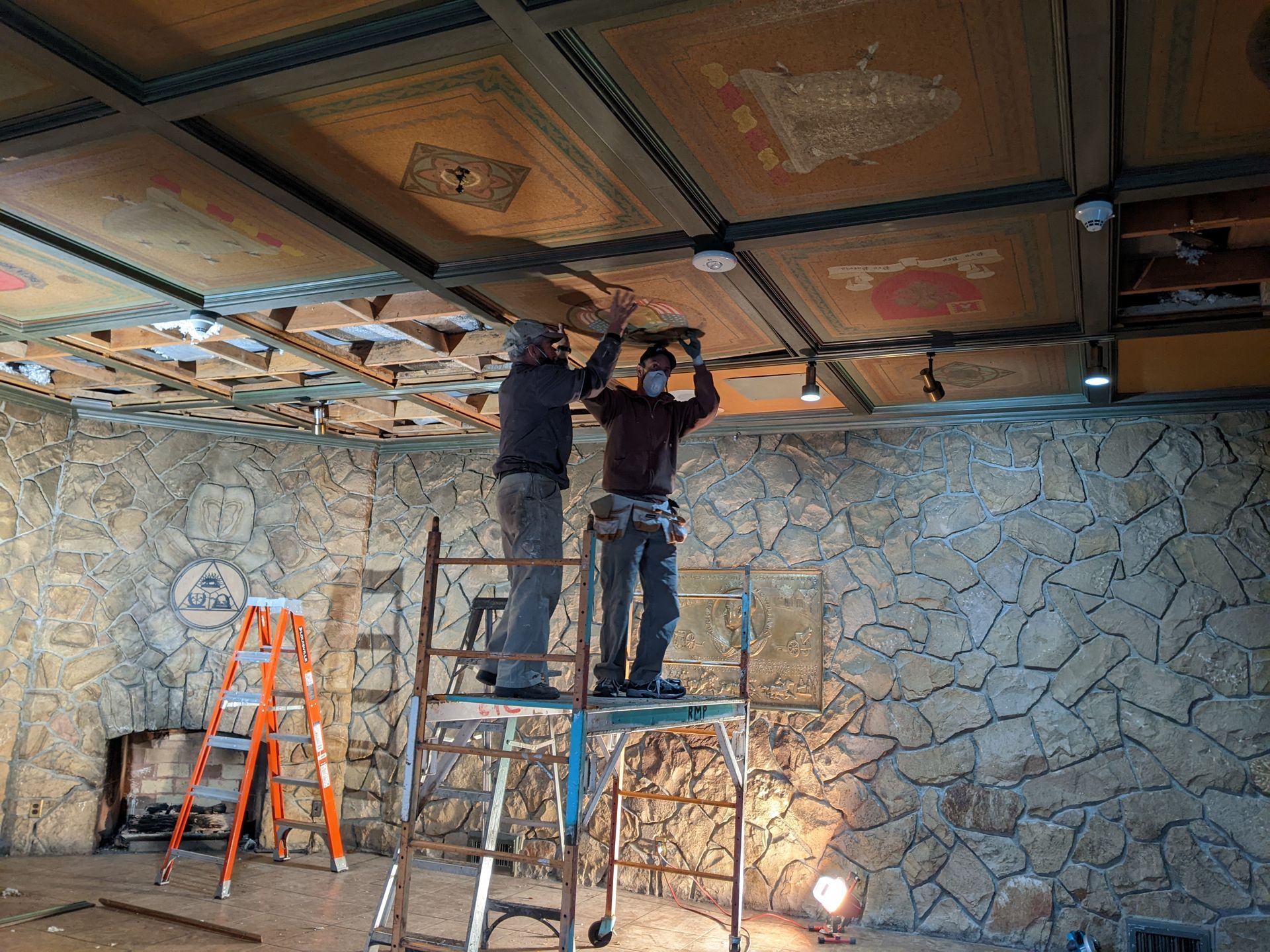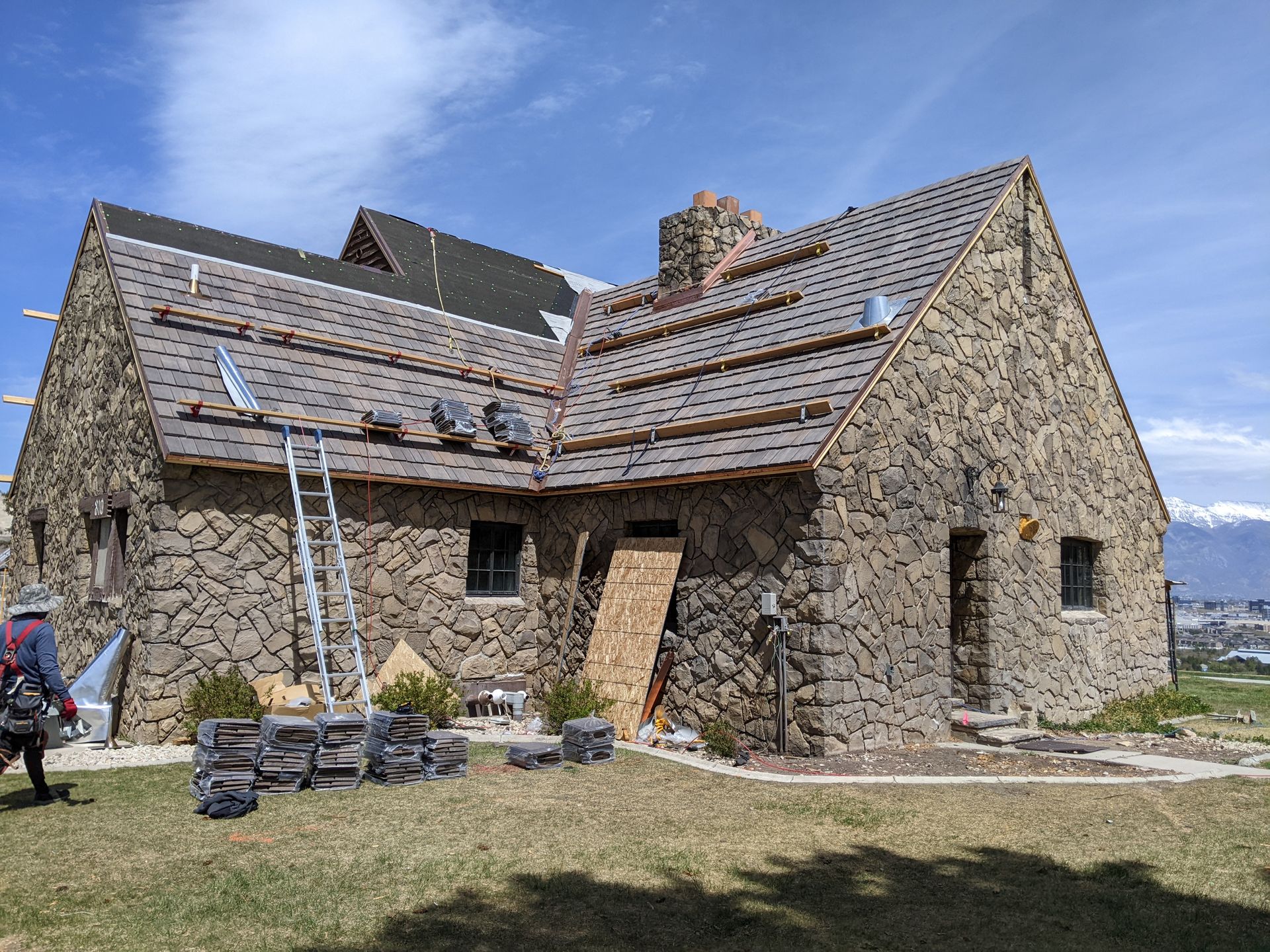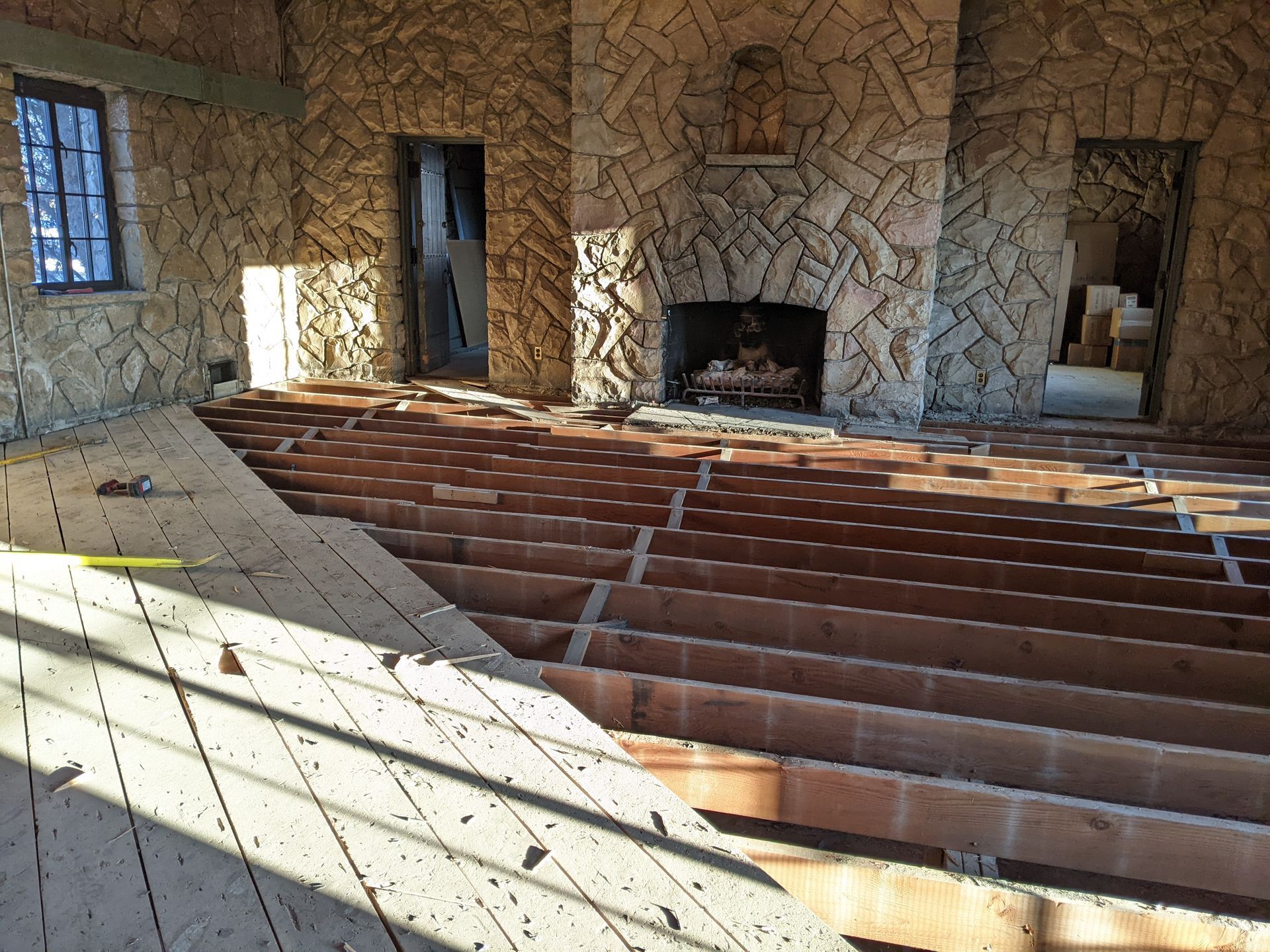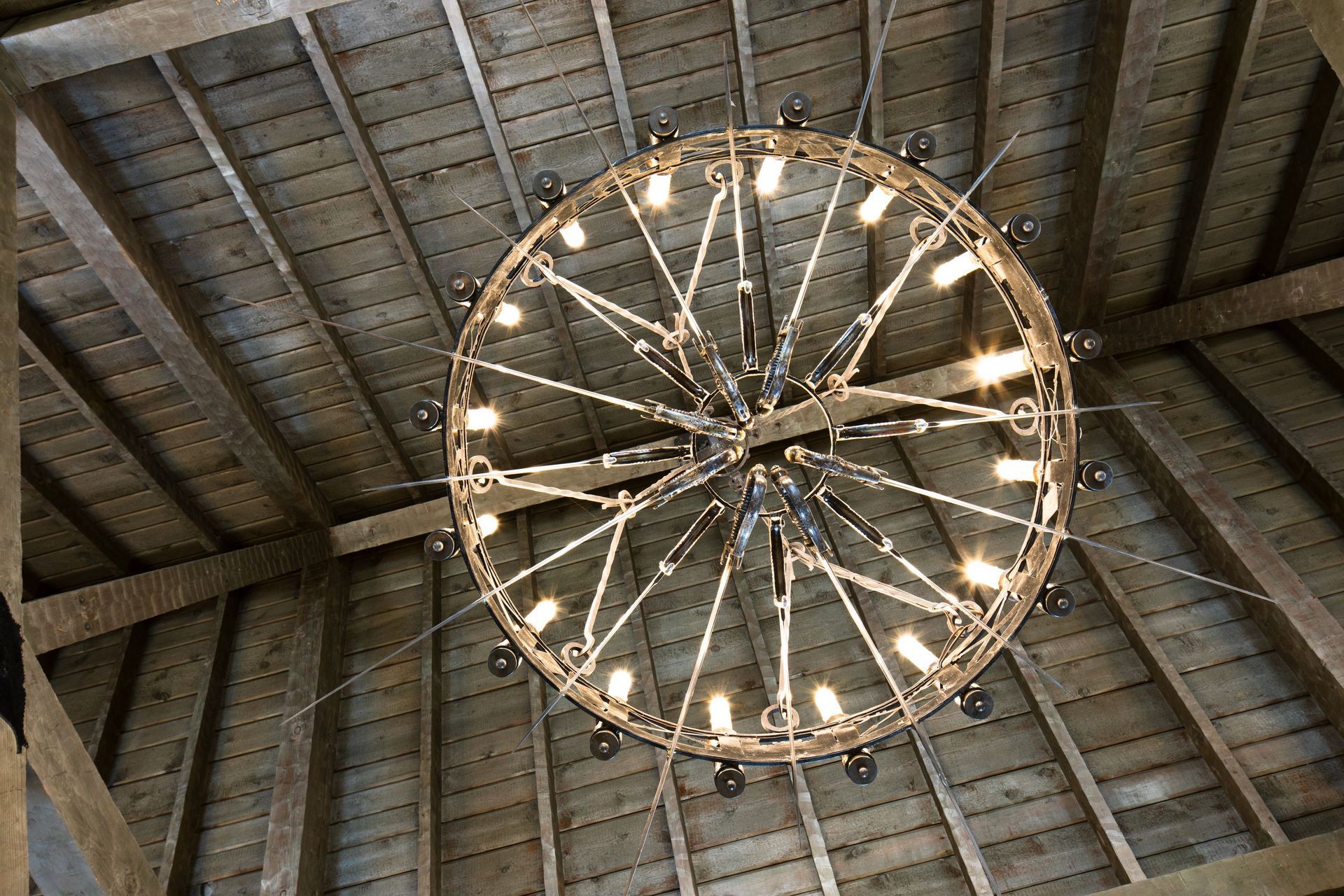Richard (Rick) Thalman has spent the better part of the past three decades shuttling between two gigs—in the military and in the construction industry—with his current role as Command Sgt. Major for the Utah National Guard (UTNG), which gives him the chance to oversee key MILCON level projects, one of which was the restoration of the historic Officer's Club at Camp W.G. Williams in Bluffdale, completed in May by Bountiful-based City Creek Construction.
The project was a true labor of love not only for Thalman, Sr. Project Manager on the $1.2 million restoration, but for many who have served in the Guard, as the iconic, nearly 90-year-old building has hosted thousands of important military events since it was originally built in 1934 and is considered the 'crown jewel' of Camp Williams.
"It's a very important project for us—we wanted to do it justice and pay homage to the history, and make it more accessible to users," said Thalman, who has 32 years military service and 30 years of construction experience, including 17 years learning under the tutelage of John Cameron of Salt Lake-based Cameron Construction, himself a long-time UTNG member. "There are very few projects in my 30 years of construction that I've been able to enjoy to this level of satisfaction."
Attention to Detail Critical to Project Success
The Officer’s Club is on the Utah Historical Record and throughout the renovation, the Utah State Historic Preservation Office provided valuable guidance to ensure the preservation of the building's historical integrity.
It's a unique, all-stone, nearly 4,700-SF building, originally designed and used as a Hostess House, providing a social hall and gathering place for mothers, wives, sisters and significant others of the men stationed at Camp Williams. It continues to be a gathering place today for special events centered around military honors, weddings, and such.
When it was originally built during the great depression, it was considered a non-essential building for UTNG, but served as a “make-work” project funded largely by the U.S. government for the sake of employing local architects, craftspeople, and workmen as part of a program to relieve economic hardship in the area.
"This is the second oldest building at Camp Williams and it's the most used building, so getting it renovated and doing it right with the preservation of all the historical aspects of it, that was the main goal," said Maia London, NEPA Program Manager for UTNG, checking off an extensive list of delicate, yet complex tasks. "With an historic building you find things along the way that you weren't expecting. It was the first time the building had been renovated on this scale."
Restoring any historic building is always fraught with potential unknown challenges, and this project was no exception, particularly given the Guard's desire to have a full restoration of the entire building, from stone walls and wood floors to delicate ceiling tiles and windows.
This scope included a myriad of meticulous tasks hand-done with old world craftsmanship, including:
• Cleaning and repointing all rock masonry on the building’s interior and exterior.
• Cleaning and restoring delicate hand-painted, Service Unit Crest tiles on the interior ceiling of the gathering room area.
• Refinishing wood floors, including replacing some areas of the floor with new flooring that proved to be a seamless match.
• Complete new mechanical and electrical systems for optimum energy efficiency, including new bathrooms and converting all original lighting to LED, including new fixtures that are excellent replicas.
• A complete structural and seismic upgrade, including replacing the roof with a long-lasting wood composite shingle that replicates the original, old-style shake tiles and seismically reinforcing the roof structure.
• Crafting new doors to mirror the original doors that had become damaged over time along with making the building and walkways ADA compliant.
The Service Unit Crests that represent various infantry divisions and cover the ceiling in the gathering room required a yeoman-like effort, considering that some crests had become damaged over the years and required total restoration before being reinstalled.
The careful cleaning of dirt, soot and smoke off the exterior and interior rock walls made it possible to see the beautiful colors in the stone and the book-end patterns that were constructed originally to create a story. Removing the dirt, smoke, and grime on 327 tons of stone which had built up over nine decades made a remarkable difference in the overall aesthetic of the building. It's easier to appreciate the perfect, puzzle-piece arrangement of the stone, and the tremendous skill and craftsmanship of the original workers.
Another highlight is the craftsmanship in coving the new baseboard along the rock walls—the work was done meticulously and is a work of art in and of itself.
Thalman was quick to praise Dave Swisher, City Creek Project Superintendent, and City Creek's entire team in keeping the project on track, and the many subcontractors who each completed their tasks to the highest level of quality.
"There were a lot of challenges to overcome," said Thalman. "Government work isn't always the easiest [...] we have a lot of leaders so we're sometimes demanding. But they pulled it off. This is the jewel of the camp—we use it for more than just military functions, including weddings, retirements and other special events, so it really does contribute to the larger military community."
"As we went along, we realized just how special it is to the Guard," said Swisher, on the importance of this job to City Creek. “The architecture is so impressive. As with any renovation there are unforeseen conditions. You have plans, but you kind of have to design and build as you go to make things right."
"It's certainly one of the more difficult renovation projects we've done," said Steve Beyer, President/CEO of City Creek, who talked about the skill and patience it takes to navigate through unknown construction details as you start ripping out floors and ceilings and getting into the infrastructure of the building. "We couldn't be more proud with how it turned out. This has been a great project for us."
In addition to Thalman, key UNG participants in the ribbon-cutting ceremony included: Maj. Gen. Michael Turley; Col. Vincent Wolff, G-9 director; Col. Shane Day, Utah Training Center Commander. The project also earned UTNG third place in the 2022 Army National Guard Environmental Awards.


















